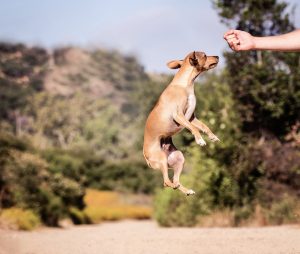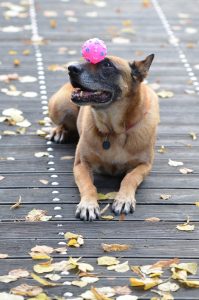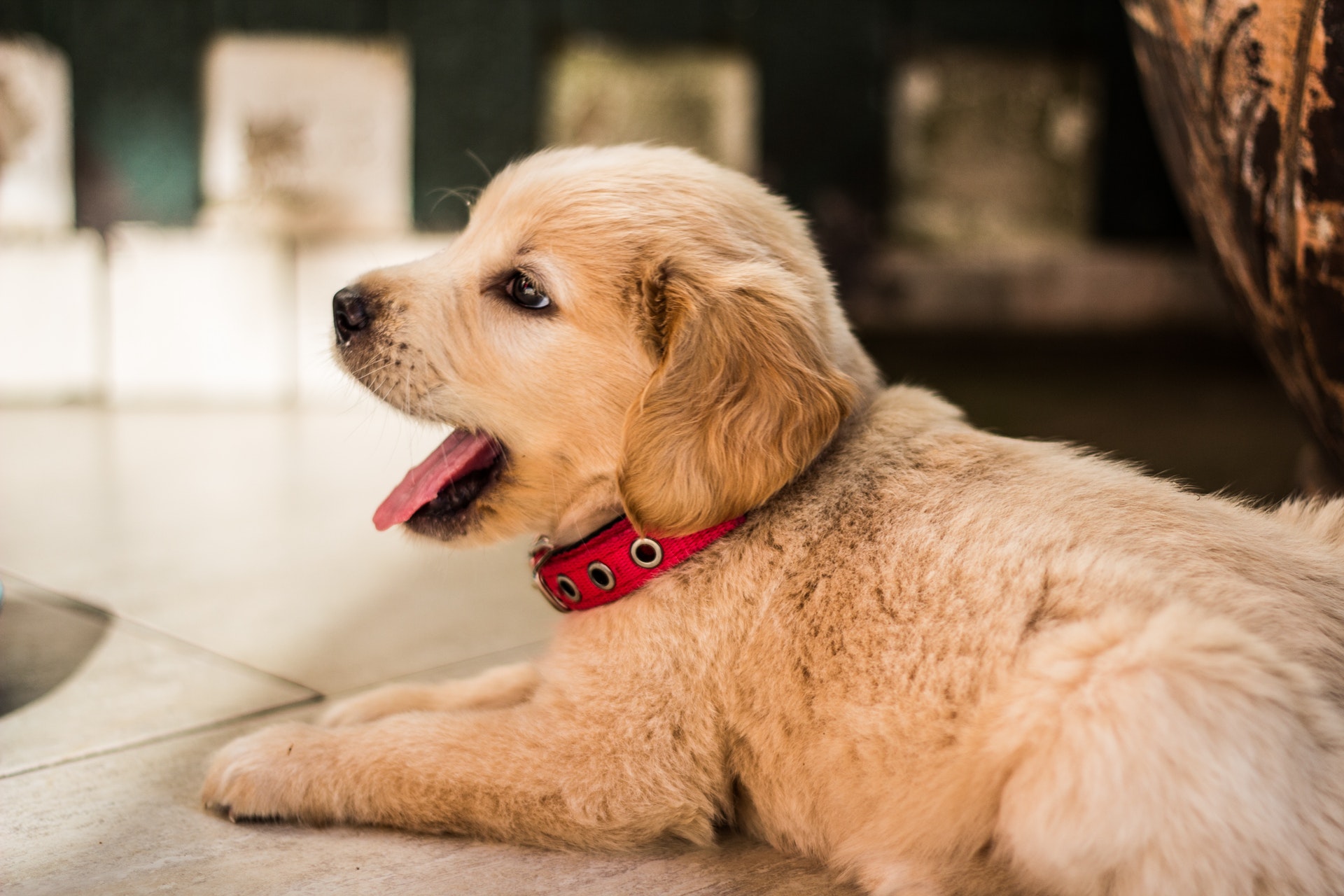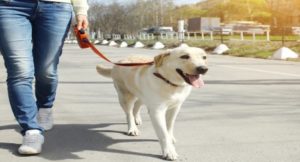5 Tips to Help Train a Dog Faster

Image courtesy of Jen Regnier @ Pixabay
Working at your dog's pace is so important when dog training. As a result, you often need plenty of patience.
Looking for a way to train a dog faster?
These five tips should help to speed things up a little...
1. Keep Things Varied
Just like humans, dogs get bored. This is even more so the case if you are training a pup.
What happens once a dog gets bored?
They lose their focus. This means that they will stop concentrating on whatever you are trying to teach them, finding themselves distracted by every possible thing around them instead.
This is why it is so important to keep things varied, and therefore interesting.
This not only applies to the different commands and tricks you may be teaching your dog, but also to the location of your training sessions.
A great way to train a dog faster is by training in different locations, such as:
-
Different rooms around your house
-
Outside in the garden
-
Open green spaces, such as a local park
-
Busy urban areas, such as a street or a market
Dogs are contextual learners, which means that you need to teach them something in a variety of different places in order for them to really learn. By doing this from the start, you will be able to speed up the training process slightly.
2. Consistency is Key
Many people think that they are being consistent when it comes to dog training, when in actual fact they aren't.
It is common knowledge that consistency is key when it comes to dog training.
You need to be:
-
Praising good behavior, every single time. Treats help to reinforce this
-
Correcting unwanted behavior, every single time
It is the “every single time” part where people often fall short...
You can't take a day off from dog training, especially if you want to train a dog faster.
By really putting some extra effort into being consistent, you will find that your dog learns so much quicker. It helps to clear up any confusion in your dog's mind, putting things in a clear and direct way that your pooch can easily understand.
3. Work on One Step at a Time
Other than the most basic commands, just about every trick or behavior can be broken down into multiple steps.
It is so important that you do this, because this is the only way to really teach a dog something new.
For example, teaching a dog to “spin” would require the following steps:
-
Up/ Stand
-
Spin
-
Back into position
Teaching a dog to “roll over” would require:
-
Lie down
-
Roll over
-
Back into position
You need to make sure that you start right at the beginning. By taking it one step at a time, your dog will be able to master the entire trick much faster than if you were to quickly muddle your way through.
4. Keep Things Calm
If your dog is acting excited, nervous, anxious, or just about anything else that isn't calm and relaxed, then now is not the time for a training session.
Why?
Because, firstly, he is not in the state of mind to be listening to you. He will definitely not be able to learn while he is this way.
Secondly, training requires praise, and often training treats. You don't want to be giving this praise and treats to your dog when he is over-excited, as this would only be rewarding unwanted behavior.
Wondering how you would go about calming your dog down?
Begin by ignoring everything that your pooch is doing. Turn away from your dog and keep your arms crossed in front of you.
It also helps to take a few deep breaths yourself. Calming yourself down will help to clear away any anxious energy that you may be sending to your dog.
Only once your dog is truly calm should you begin a training session.
5. Short Training Sessions
Short training sessions may seem counterproductive when you are trying to train a dog faster, but they are crucial.
As mentioned earlier, you don't want your dog to get bored during a training session. This will leave you with a distracted dog who isn't in the frame of mind to be learning.
This is why you need to make sure that you time your training sessions, ensuring that they don't over-run. You should be ending each session on a positive note, rather than with your dog wandering off due to boredom. This is why it is better for a training session to be too short, rather than too long.
So, how long should each training session be?
This depends on the individual dog. On average, a dog's attention span will last for around 15 minutes.
This is much lower for puppies and for older dogs, as well as for dogs of any age who have never been trained before and dogs who suffer from anxiety. For these dogs, their attention span will only be between five to ten minutes.
For dogs who have already undergone quite a bit of training, attention spans can be longer. These dogs are already used to staying focused and learning, so you may be able to extend training sessions to 20 minutes or so.
The weather outside can also make a difference to how long your dog can concentrate for...
Hot weather tends to shorten a dog's attention span, while cooler weather prolongs it. Keep this in mind when you are mixing up your dog training locations – your dog will likely be able to focus for longer in a cool indoor room compared to directly under the heat of the sun.
You should never try to rush things when dog training, but these tips will help to train a dog faster by enabling you to better understand how a dog's mind works. From short training sessions to a variety of learning experiences, dog training will be a breeze once you have mastered each of these steps.






